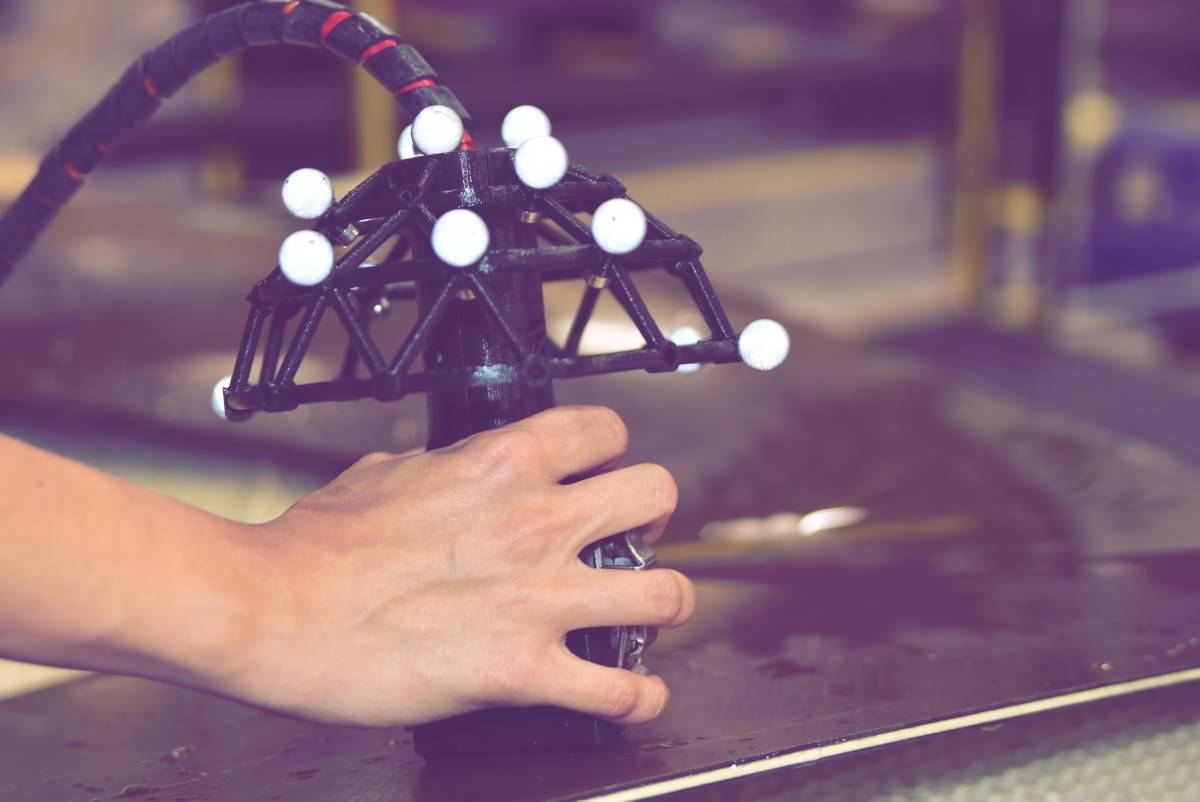Since the second world war, aircraft have mainly been made from light metals such as Aluminium alloys. In the last decades, composite materials are progressively replacing metals for the structural components of aircraft. Composite materials provide a significant weight advantage: with the same structural strength, a lighter aircraft can be made. The most famous examples are the Boeing 787 and the Airbus A350 that have their complete wings, tail and fuselage made of Carbon Fibre Reinforced Plastic. Designing an aircraft as light as possible is important to optimize fuel efficiency, cargo and passenger capacity. Apart from using light materials, aircraft are kept lightweight by optimizing the structural design to the limit of what is safely possible.
In the aircraft industry, ensuring the safety of all aircraft is a top priority. For that reason, authorities require that aircraft manufacturers maintain a strict control on the design process and the production quality of their products. As part of the quality control, testing is vital. Each aircraft’s critical components must be fully checked (both during fabrication as well as in operation) to make sure that the material quality and the structural integrity are according to the design requirements. For these tests, the complete aircraft is scanned using Non-destructive Testing Methods (NDT).
One of the widely used NDT methods in the aeronautical industry is Ultrasonic Testing (UT). Ultrasonic Testing is used to verify that materials and glue joints are free of internal defects. As opposed to metals, composite materials are prone to have defects that are not visible on the outside. Examples of such defects are: internal cracks, porosity or the inclusion of foreign objects. For that reason, ultrasonic inspection technology is vital for the testing of modern aircraft at any point during their lifecycle.
A Tecnatom inspector performing Ultrasonic Inspection on an aircraft component
During their daily work, Ultrasonic Inspectors face the challenges of working under constant time pressure and on difficult locations. The user friendliness of the equipment, the time needed for the system set-up and the inspection itself, determine the speed and quality of work of the inspector. Obtaining a good quality UT scan and performing the correct interpretation of the results is a complex task. Meanwhile, all this work must be performed in compliance with the strict safety standards of the aviation industry. For such a task, inspectors need all the technological support they can get.
Sometimes, NDT inspections are being performed on an aircraft at the gate, while passengers are waiting to board. Time is critical and the results are of vital importance!
With its 30 years’ first-hand experience of performing inspections, designing and manufacturing inspection systems, Tecnatom knows the challenges involved in NDT in the most difficult applications in demanding industries such as aerospace or nuclear energy. Through continuous research and development, Tecnatom has provided Inspectors worldwide with the right technology to perform their work with high quality and within the deadline. Today, Tecnatom is a leading supplier of innovative NDT systems for customers worldwide, providing safety, high reliability and production rates to their operations.
The WiiPA was developed to face the problems that inspectors encounter: it is a powerful, flexible and easy to use inspection platform for Ultrasonic Testing. WiiPA uses cutting-edge motion capture technology and advanced SONIA UT electronics to obtain fast, high-quality ultrasonic scan records. WiiPA has no limitations for complex geometries or advanced materials. Furthermore, its flexible and modular architecture allow it to be used as a factory station for production or as a portable system for MRO or other applications.






